Tongue & Groove Engineered Wood Flooring
Tongue and Groove (T&G) flooring is the most traditional and well known way of installing wooden floors. This method has been used for decades to install both engineered wood and solid wood floors. The planks of T&G flooring have been manufactured with tongues and grooves which seamlessly fit together.
Each plank has one long side and one short side with a tongue (a protruding edge) and one long side and one short side with a groove (a rebated edge). The planks of flooring are precisely machined to ensure that they create a tight and smooth fit resulting in a gapless floor. T&G flooring can be fitted in a number of ways depending upon your circumstances and requirements.
Why Tongue and Groove?
The Tongue and Groove profile offers a tight and secure fit and is the most well recognised and traditional installation method of hardwood flooring. One of the main benefits of T&G flooring is that it can be fitted over almost any subfloor, including joists (whereas click flooring cannot). T&G engineered hardwood can also be found in wider (from 90mm to 240mm) and thicker planks (from 14mm to 21mm).
T&G engineered wood flooring is strong, durable, stable and hard wearing. If looked after properly it can last for a lifetime and due its dimensional stability it can be used with underfloor heating and in rooms where temperatures fluctuate (such as conservatories). It can be installed in a number of ways, either floated over an underlay or fixed into position, depending upon your requirements.
The following article may help you to decide on the best flooring profile for you: Tongue and Groove Vs Click System.
How do I install T&G flooring?
T&G flooring can be installed in a variety of different ways depending on your subfloor, the amount of footfall you are likely to receive and your personal preference. Floating your engineered T&G flooring over an underlay is by far the most straight forward and quick installation method but can only be done if you have a solid subfloor (not over joists). You will need to use a WPVA glue to bond the tongues and grooves together and simply float it over the underlay to allow for natural movement.
If the flooring is going into a commercial property or somewhere that has a high amount of footfall, then it is best to fix it into position by either gluing down to the subfloor (with flexible flooring adhesive) or secret nailing it down to the subfloor. Installing T&G flooring often requires the work of a professional floor fitter as it can be quite challenging if you have never done it before.
For further information about fitting any of our hardwood floors, please read our Installation & Fitting Guide.
How do I maintain T&G flooring?
Looking after T&G flooring is the same as any type of hardwood flooring. Simply sweep regularly with a soft brush and then clean at least once a week with a wooden floor cleaning spray and mop. We have a fantastic range of cleaning products and accessories which have been designed specifically for hardwood floors and will make it easy for you to maintain its beauty once it has been installed.
For tips and advice on keeping your hardwood floor looking its best read our Wood Floor Maintenance and Care Guide.
Are there any alternatives available?
Yes, if you are still not sure about which type of flooring to choose, we also have a range of Engineered Click Flooring that you may want to take a look at.
Here are some links to our most popular types of flooring:
Engineered Oak Flooring | Engineered Walnut Flooring | Engineered Herringbone Flooring | Solid Oak Flooring | Solid Parquet Flooring | Solid Plank Flooring
Further help and advice
If you require any further help or advice, please either contact us or come into our showroom where we will be happy to answer any questions that you may have. If you would like a free sample of any of our types of flooring, please visit our sample page to order yours today.
-
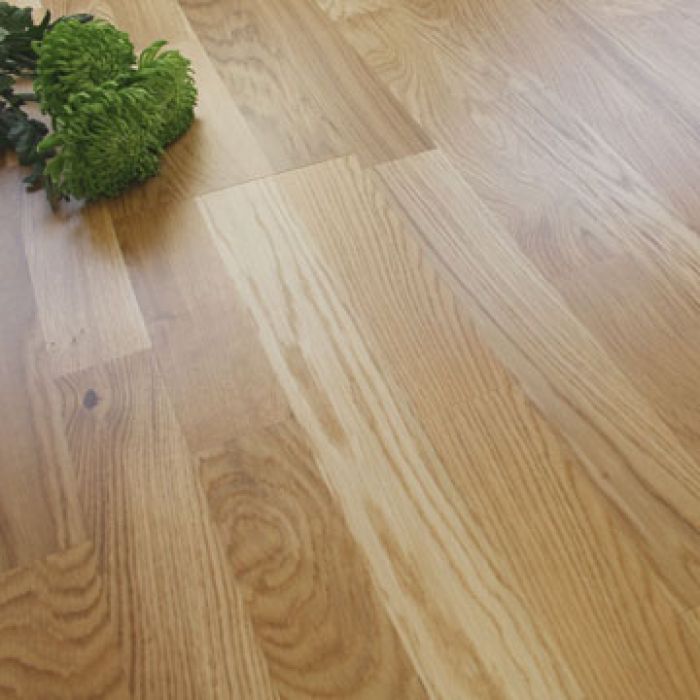 207mm Engineered Matt Lacquered Three Strip Rustic Oak Wood Flooring 3.18m²From £37.13m² Inc. VAT2200 mm207 mm14 mm3.18 ㎡
207mm Engineered Matt Lacquered Three Strip Rustic Oak Wood Flooring 3.18m²From £37.13m² Inc. VAT2200 mm207 mm14 mm3.18 ㎡ -
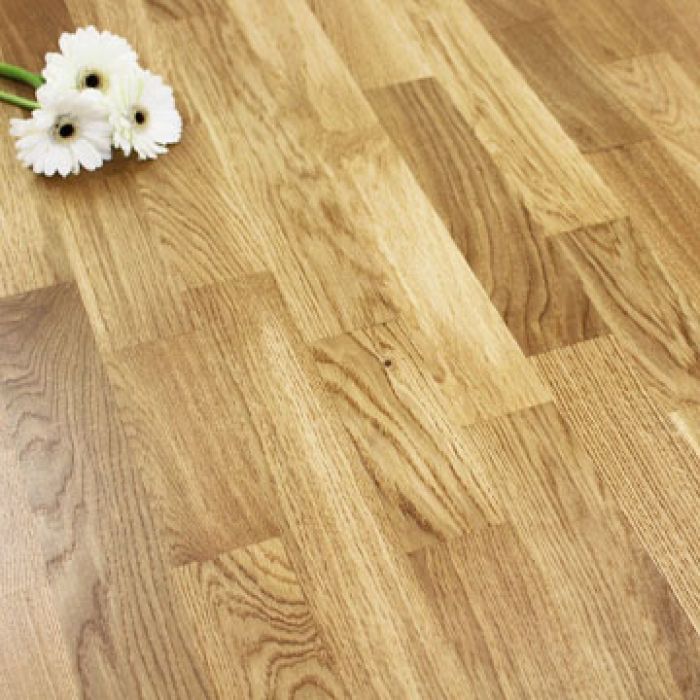 3-Strip Lacquered Engineered Rustic Oak Click Wood Flooring 1.92m²From £38.70m² Inc. VAT2200 mm200 mm13 mm1.92 ㎡
3-Strip Lacquered Engineered Rustic Oak Click Wood Flooring 1.92m²From £38.70m² Inc. VAT2200 mm200 mm13 mm1.92 ㎡ -
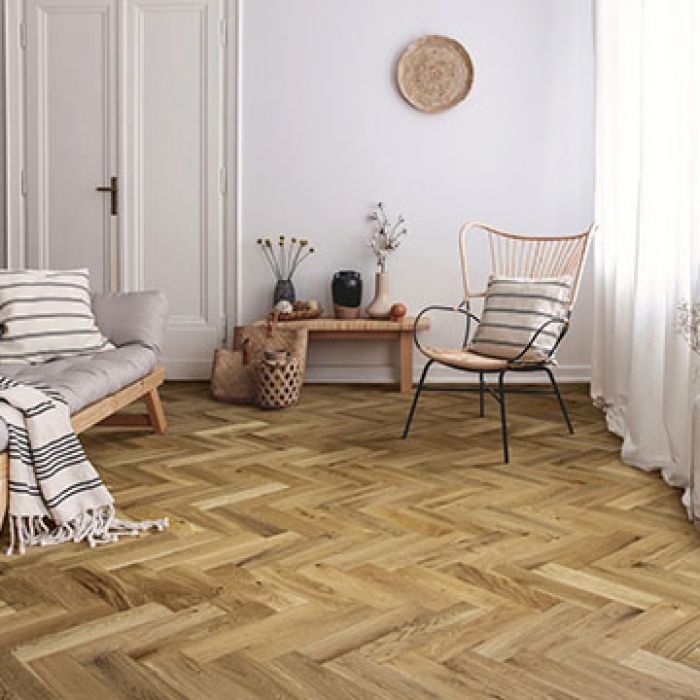 90mm Engineered Brushed & UV Oiled Natural Charnwood Oak Parquet Block Wood Flooring 1.07m²From £43.20m² Inc. VAT360 mm90 mm15 mm1.07 ㎡
90mm Engineered Brushed & UV Oiled Natural Charnwood Oak Parquet Block Wood Flooring 1.07m²From £43.20m² Inc. VAT360 mm90 mm15 mm1.07 ㎡ -
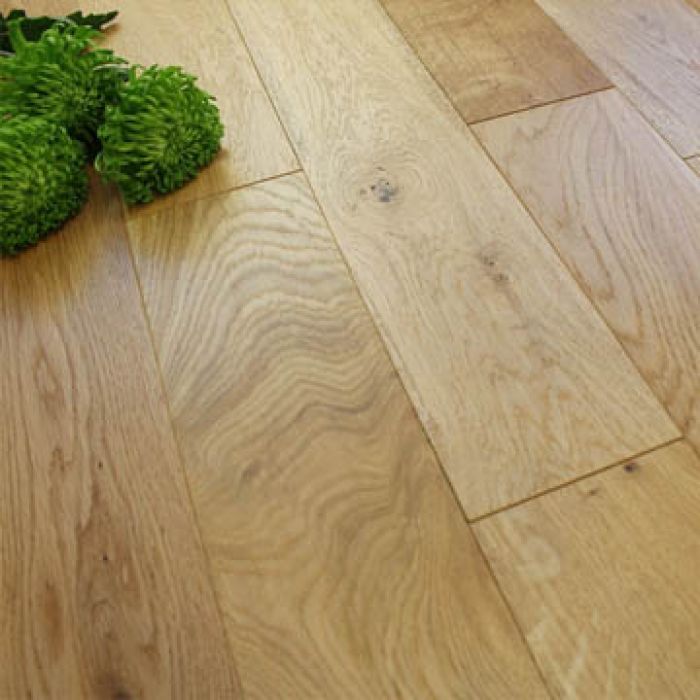 125mm Engineered Brushed and Matt Lacquered Natural Oak Wood Flooring 2.2m²From £43.26m² Inc. VATRandom125 mm18 mm2.20 ㎡
125mm Engineered Brushed and Matt Lacquered Natural Oak Wood Flooring 2.2m²From £43.26m² Inc. VATRandom125 mm18 mm2.20 ㎡ -
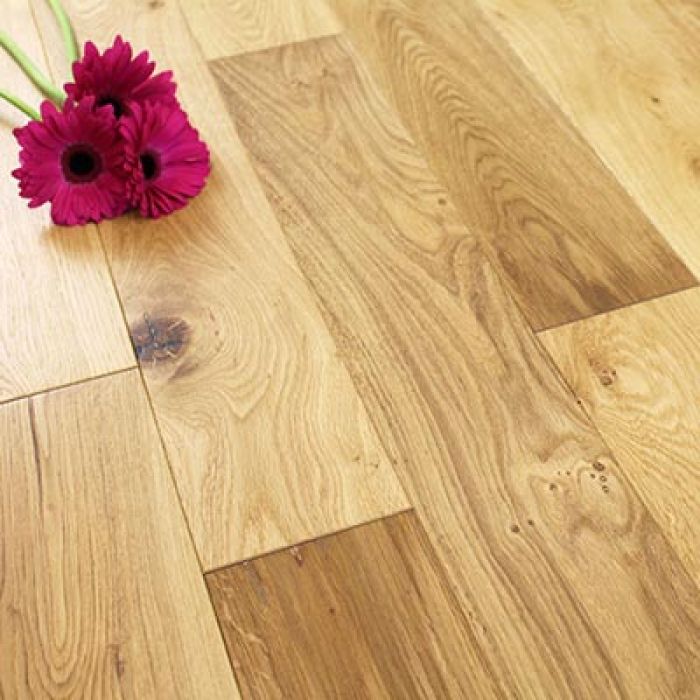 125mm Brushed & UV Oiled Engineered Oak 18/4mm Wood Flooring 2.2m²From £43.26m² Inc. VATRandom125 mm18 mm2.20 ㎡
125mm Brushed & UV Oiled Engineered Oak 18/4mm Wood Flooring 2.2m²From £43.26m² Inc. VATRandom125 mm18 mm2.20 ㎡ -
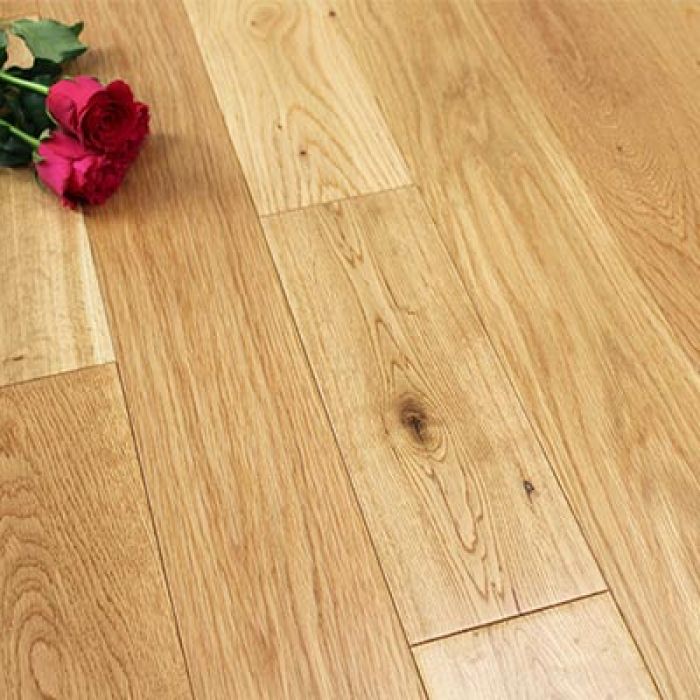 125mm Lacquered Engineered Oak 18mm Wood Flooring 2.20m²From £43.26m² Inc. VATRandom125 mm18 mm2.20 ㎡
125mm Lacquered Engineered Oak 18mm Wood Flooring 2.20m²From £43.26m² Inc. VATRandom125 mm18 mm2.20 ㎡ -
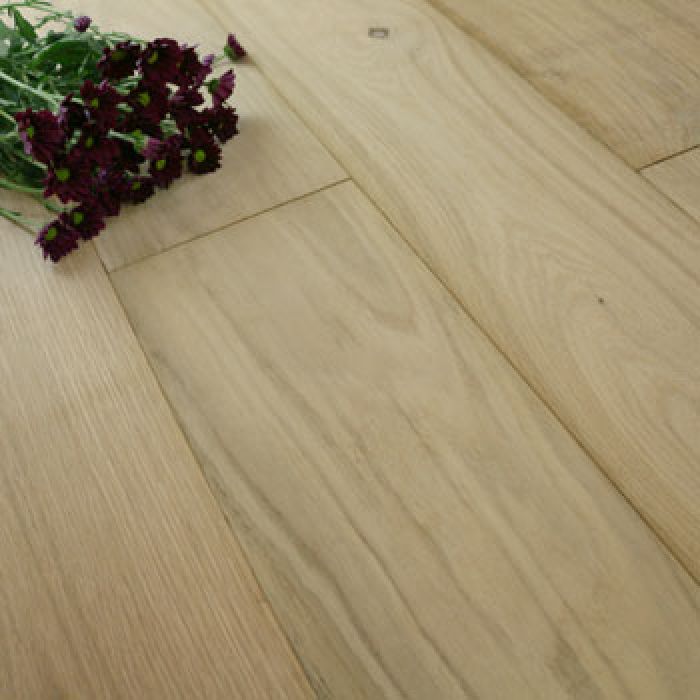 190mm Engineered Unfinished Oak Wood Flooring 2.166m²From £43.74m² Inc. VAT1900 mm190 mm14 mm2.17 ㎡
190mm Engineered Unfinished Oak Wood Flooring 2.166m²From £43.74m² Inc. VAT1900 mm190 mm14 mm2.17 ㎡ -
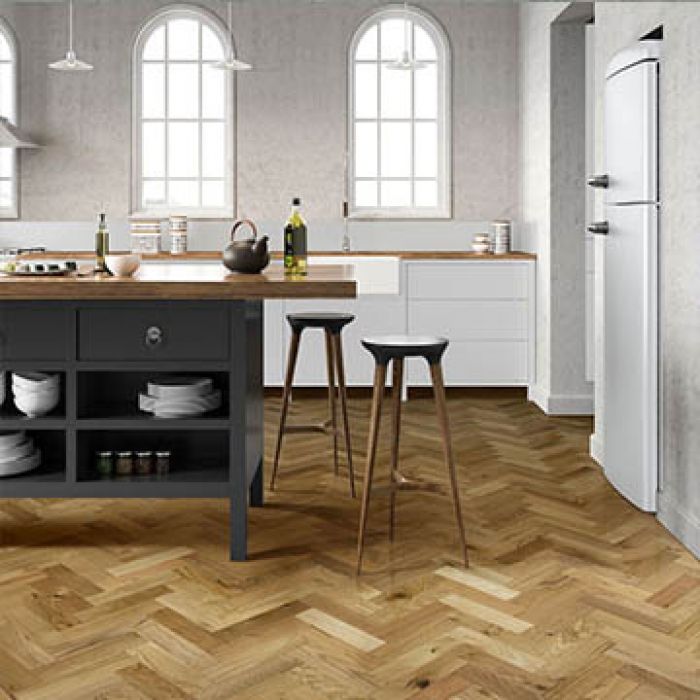 70mm Engineered Brushed & UV Oiled Natural Charnwood Oak Parquet Block Wood Flooring 0.86m²From £43.79m² Inc. VAT280 mm70 mm15 mm0.86 ㎡
70mm Engineered Brushed & UV Oiled Natural Charnwood Oak Parquet Block Wood Flooring 0.86m²From £43.79m² Inc. VAT280 mm70 mm15 mm0.86 ㎡ -
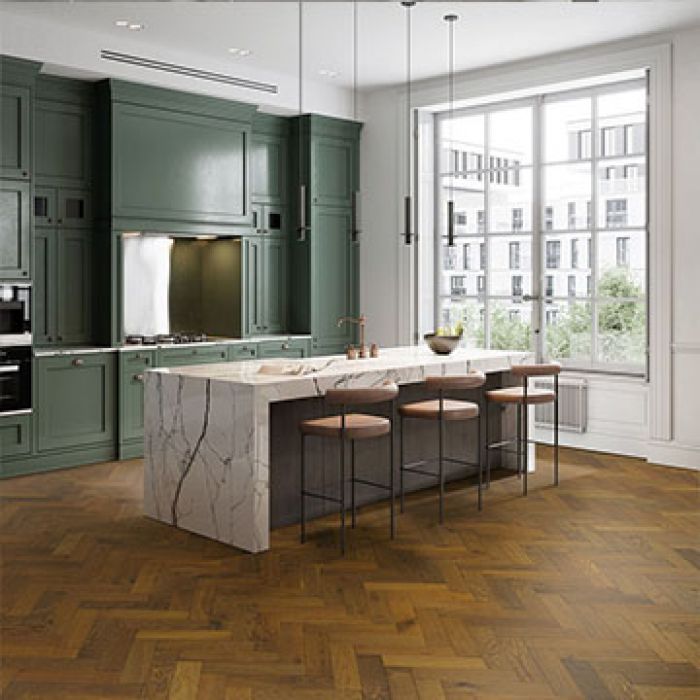 70mm Herringbone Engineered Brushed & UV Oiled Dark Smoked Charnwood Oak Parquet Wood Flooring 0.86mFrom £44.78m² Inc. VAT280 mm70 mm15 mm0.86 ㎡
70mm Herringbone Engineered Brushed & UV Oiled Dark Smoked Charnwood Oak Parquet Wood Flooring 0.86mFrom £44.78m² Inc. VAT280 mm70 mm15 mm0.86 ㎡ -
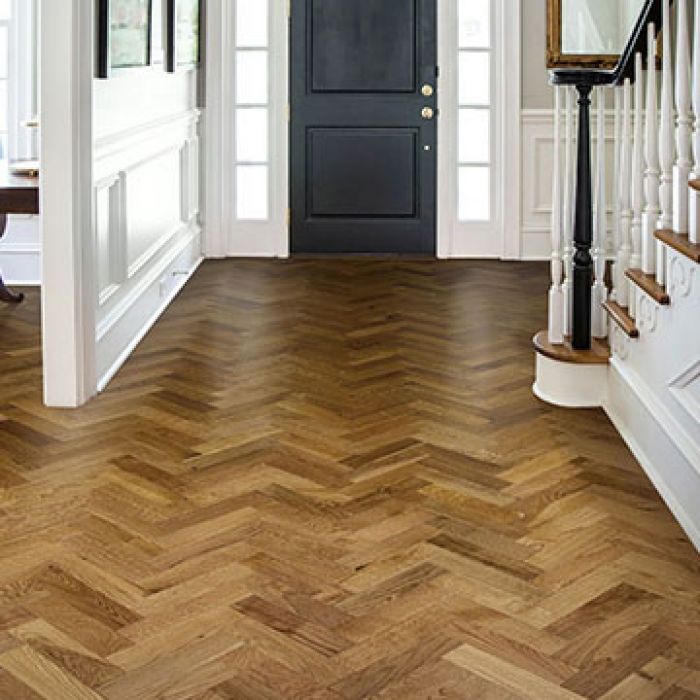 70mm Herringbone Engineered Brushed & UV Oiled Smoked Charnwood Oak Parquet Wood Flooring 0.86m²From £44.78m² Inc. VAT280 mm70 mm15 mm0.86 ㎡
70mm Herringbone Engineered Brushed & UV Oiled Smoked Charnwood Oak Parquet Wood Flooring 0.86m²From £44.78m² Inc. VAT280 mm70 mm15 mm0.86 ㎡ -
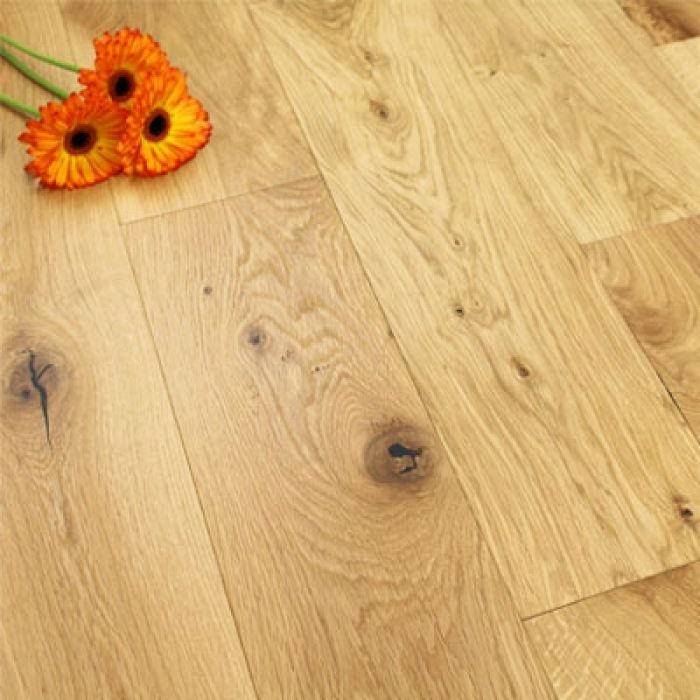 190mm UV Oiled Engineered Oak Wood Flooring 2.508m²£45.00m² £37.50Inc. VATRandom190 mm14 mm2.51 ㎡
190mm UV Oiled Engineered Oak Wood Flooring 2.508m²£45.00m² £37.50Inc. VATRandom190 mm14 mm2.51 ㎡ -
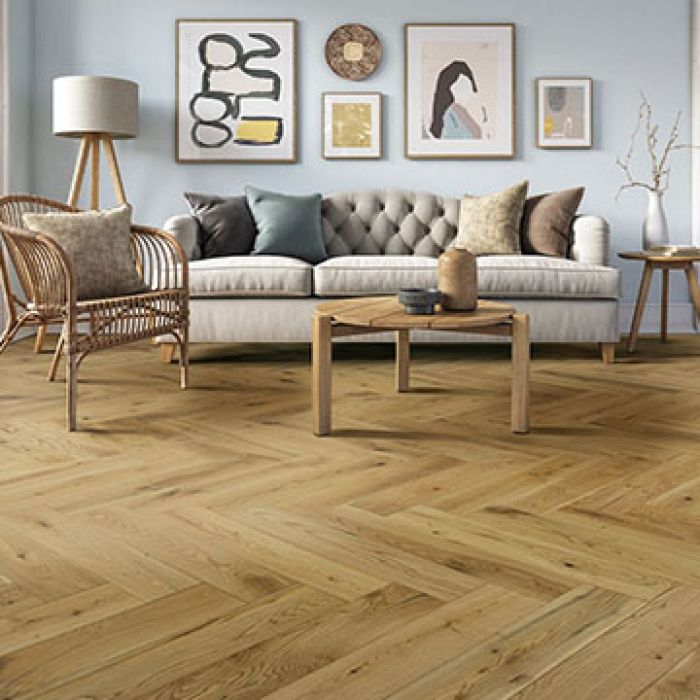 120mm Herringbone Engineered Brushed & UV Oiled Natural Charnwood Oak Parquet Wood Flooring 0.864m²£45.50m² £37.92Inc. VAT600 mm120 mm15 mm0.86 ㎡
120mm Herringbone Engineered Brushed & UV Oiled Natural Charnwood Oak Parquet Wood Flooring 0.864m²£45.50m² £37.92Inc. VAT600 mm120 mm15 mm0.86 ㎡

